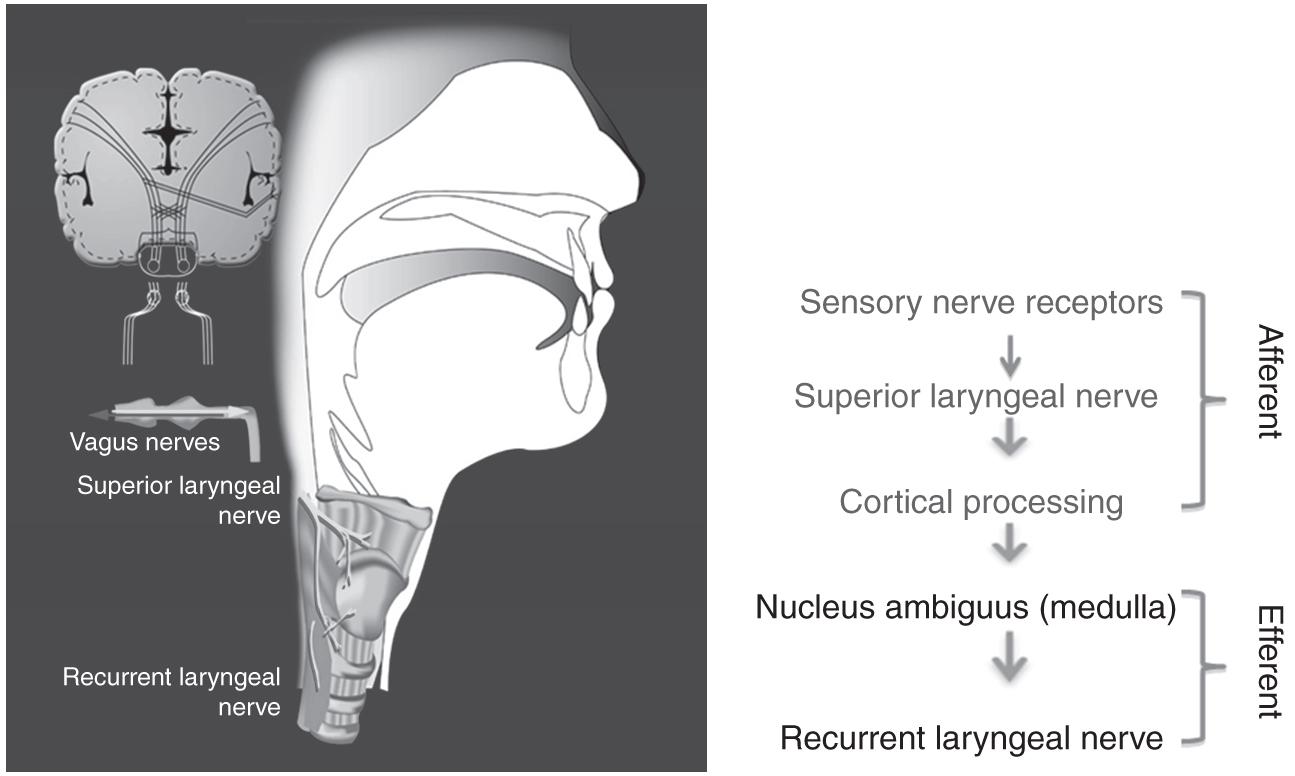Physical Address
304 North Cardinal St.
Dorchester Center, MA 02124
The American College of Chest Physicians (ACCP) current guidelines define acute and chronic cough and outline treatment recommendations for these disorders.
There are no targeted treatments for unexplained or neuropathic chronic cough but limited clinical trial data support benefit from treatment with neuromodulators and speech-language therapy.
The American College of Chest Physicians (ACCP) current guidelines define acute cough as symptoms lasting less than 3 weeks, subacute cough as symptoms lasting 3 to 8 weeks, and chronic cough as symptoms lasting longer than 8 weeks. For children aged ≤14 years, chronic cough is defined as the presence of daily cough of at least 4 weeks in duration.
“Unexplained cough” describes a cough that persists despite a comprehensive diagnostic evaluation, exclusion of common causes, and appropriate therapeutic trials for common causes of cough. The term unexplained cough was chosen over idiopathic cough because it implies that there may be as yet unidentified causes for the cough or that it may be multifactorial. Cough hypersensitivity syndrome has been applied to individuals who appear to have common causes of cough and, despite appropriate therapy, have a persistent cough response. The underlying pathophysiology for this remains undefined but has been proposed to follow mechanisms similar to those for chronic pain (lower threshold for stimulation of afferent pain receptors). This has also led to the term neuropathic cough being applied to this group of patients.
The prevalence of chronic cough in respiratory outpatient practice ranges from 10% to 38%. The prevalence of chronic cough in the general population is estimated to be 9.6%. Cough is also the most common reason for primary care visits in the USA. Approximately US$9 billion is spent annually on over-the-counter (OTC) medications for cough in the USA.
Chemoreceptors react to various stimulants, including water, ammonia, carbon dioxide, sulfur dioxide, cigarette smoke, milk, gastric contents, and capsaicin. Mechanoreceptors respond to pressure (touch), flow, proprioception, and laryngeal muscle contraction. Laryngeal irritant receptors include nociceptive C fibers and G protein-coupled receptors (GPCRs) along with the ion channel receptors, transient receptor, potential vanilloid (TRPV-1) and transient receptor potential ankyrin 1 (TRPA-1). The latter two are ion channels in the membrane ( Fig. 75.1 ).

There is a network of afferent sensory receptors found in the subepithelial layer throughout the respiratory tract as well as the gastrointestinal tract and cardiovascular system that are capable of triggering cough with appropriate and sufficient stimuli. The larynx, trachea, and lower airways have a rich network of cough reflex afferent nerves that are capable of inducing cough. The main inputs are from the cough receptors themselves, slowly adapting pulmonary stretch receptors (SARs), rapidly adapting pulmonary stretch receptors (RARs), bronchial and pulmonary C-fibers, and Aδ fibers.
When an intense stimulus depolarizes the afferent receptor nerve terminal over the threshold, voltage-gated sodium and potassium channels (Kv) are opened and trigger action potentials. Activation of C-fibers can cause mast cell degranulation and release of histamine and bradykinin, leading to airway edema and activation of mechanoreceptors and neuropeptides, resulting in neurogenic inflammation. The afferent input is relayed to the brainstem, where the information can be centrally processed and modulated further before the efferent output leads to the elicitation of a cough. The increased sensitivity of the cough reflex is poorly understood but seems to be driven by a complex interaction between C-fiber receptors, rapidly adapting receptors, and the peripheral and central nervous systems. The nucleus tractus solitarius seems to be a central area for modifying cough through both long-term and short-term neuroplasticity (see Fig. 75.1 ).
Allergies, infections, and irritants can induce inflammation in the nose, which can lead to symptoms such as sneezing, nasal itching, rhinorrhea, and nasal blockage. These responses are likely mediated by trigeminal sensory nerves. Interestingly, it has been shown that intranasal administration of histamine or capsaicin does not cause coughing but increases the sensitivity to various tussigenic aerosols.
Vagal afferents from the esophagus and respiratory tract converge in the brainstem. Esophageal afferents may be triggered simply by significant acid secretion into the esophagus, thus triggering a cough response. Previous studies have demonstrated that acid infusion into the esophagus induces bronchoconstriction, presumably through a vagally mediated esophageal-tracheobronchial reflex and dual channel pH monitoring correlated with cough, in terms of both proximal and distal acid reflux. Furthermore, acid infused into the distal esophagus of patients with chronic cough increases the frequency of coughing and cough reflex sensitivity, a phenomenon that can be blocked with topical lidocaine.
Upper airway cough syndrome (previously referred to as postnasal drip) and lower airway conditions, including bronchial asthma, cough variant asthma, eosinophilic bronchitis, atopic cough, and gastroesophageal reflux disease (GERD), are the most common causes ( Box 75.1 ). Atopic cough is defined as a cough that manifests in atopic individuals without bronchial hyperresponsiveness that responds well to antihistamines alone without inhaled steroids, whereas the other lower airway conditions typically require inhaled steroids. These conditions often coexist in various combinations, and failure to address and treat all concurrently may be one of the major impediments to the successful amelioration of chronic cough.
Upper airway cough syndrome
Asthma/eosinophilic bronchitis/atopic cough
Gastroesophageal reflux disease
Become a Clinical Tree membership for Full access and enjoy Unlimited articles
If you are a member. Log in here